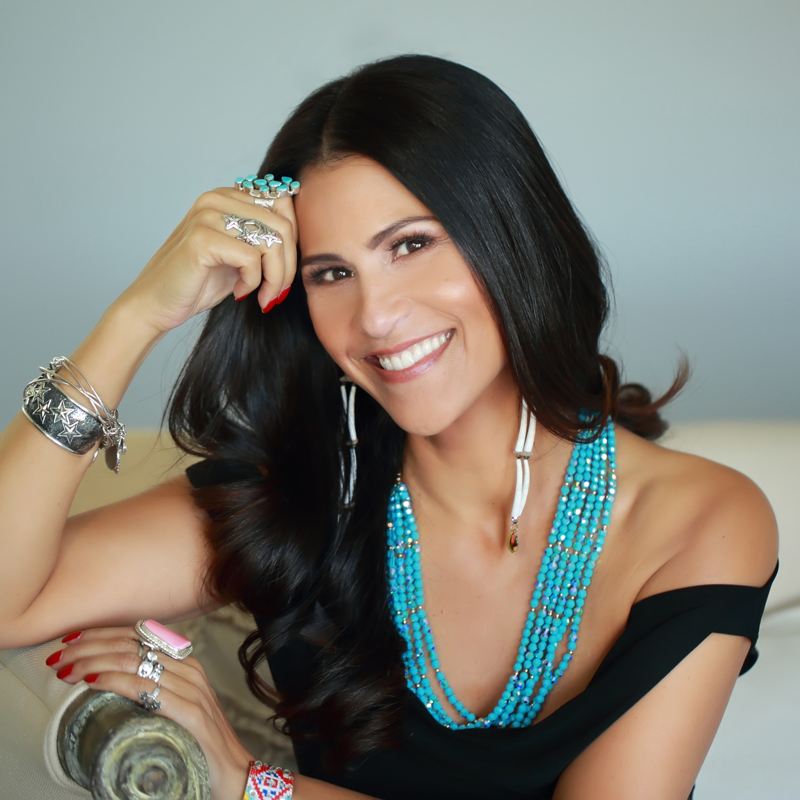
JOELY PROUDFIT, PH.D.
CSU San Marcos, Department Chair of American Indian Studies, CDIP Cohort 1993-’94, Faculty Sponsor from Cal State Long Beach
Tell me about a time when you were able to help one of your students with their unique needs.
I have been teaching at the CSU since 1995, at Cal State Long Beach, SFSU, Cal State San Bernardino and now CSUSM, which resides on the traditional territory and homelands of the Luiseño/Payómkawichum people. During this time, I have had the opportunity to engage with hundreds of American Indian and Alaska Native students, assisting them in academic, career and sometimes life choices. I have helped students to move out of homes and situations where domestic violence was occurring, seek sobriety and counseling, dream beyond a four-year degree, move beyond feelings of insecurity and invisibility and seek action and justice. My students have helped pass legislation, become leaders in American Indian public health, grown tribal economies and created innovative strategies and art.
How did the CDIP program change the trajectory of your career?
I have cherished the good fortune I have had in my life, from having exclusive dinners with heads of state to serving as a U.S. Presidential appointee, from being appointed as the first Indigenous woman to the California Commission on the Status of Women and Girls to creating narrative change in Hollywood and beyond. The people and places I have engaged with are a direct result of my education. As a young professor in the late 1990s, I was asked by my tribal community to participate in commercials to educate audiences about Proposition 5: The Tribal Government Gaming and Economic Self-Sufficient Act of 1998. This was the first time a minority population had ever passed a proposition in the United States. Prop 5 allowed for tribal governments in California to operate tribal gaming on tribal lands. This changed the economies and futures of the Tribes California forever. The CDIP program provided the initial investment toward earning my doctorate and providing me with the tools necessary to make the impact for my community and beyond.
What has it been like to return to the CSU as a faculty member?
I am blessed to be a Luiseño/Payómkawichum scholar who works, teaches and lives on the traditional territory and homelands of my ancestors, the Luiseño/Payómkawichum people. While I am often recruited and invited to lead other institutions, this is my home and I am investing in the California Indian Culture and Sovereignty Center at CSUSM and building the most robust American Indian Studies department for our students and community.